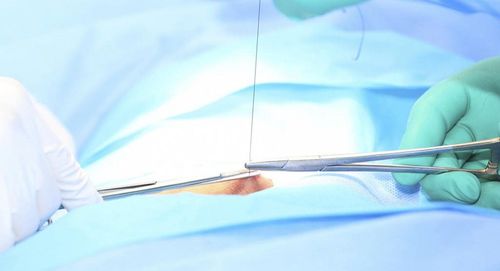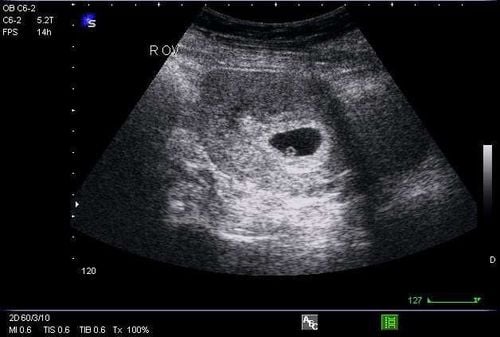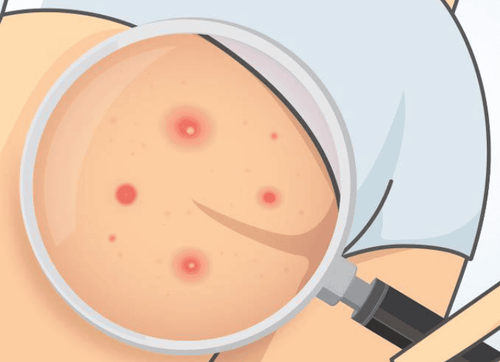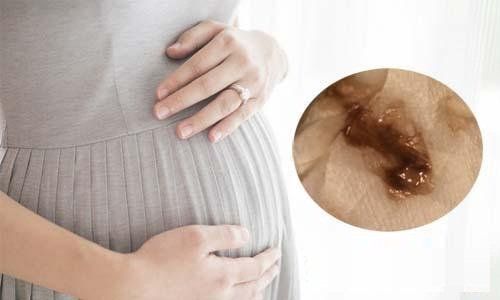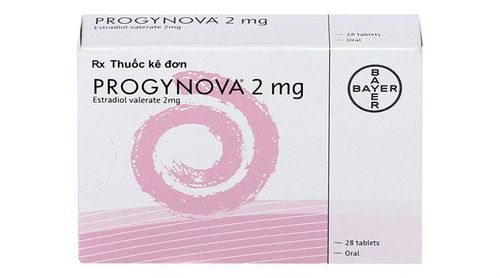Postpartum lochia is a common physical condition that occurs in women after giving birth. However, the continuous discharge can cause discomfort and concern, as many women wonder how long it will last and whether abnormal situations can occur. This article provides more information about lochia and its possible abnormalities after childbirth.
1. Lochia and Issues Related to Postpartum Lochia
Lochia is the discharge that comes out of a woman’s vagina during the postpartum period. It is made up of fragments of the uterine lining (the endometrium), small blood clots from the site where the placenta was attached, and residual fluid such as amniotic fluid or secretions from wounds in the cervix or vagina during delivery.
Lochia appears after both vaginal and cesarean births. Once the baby is born, the placenta separates, and the mother’s uterus contracts into a firm, rounded mass. Good uterine elasticity helps control bleeding and reduces postpartum blood loss. In the following days, as the uterus gradually returns to its normal size, it pushes out the fluid inside (lochia), which exits through the vagina. Generally, after a C-section, lochia may end faster than after a vaginal birth because the uterine lining is often cleaned out more thoroughly during the operation.
However, not all women who have had C-sections will get rid of lochia quickly. This process also depends on the mother’s individual condition, her postpartum care, and how active she is. These factors can affect how fast lochia is discharged.
Normal lochia has a strong, somewhat “metallic” smell similar to menstrual blood. On average, lochia lasts about 20 days, although for some women it can last 40–50 days. The amount and color of lochia also change over time.
In the first two days after birth, lochia is dark red and may contain small blood clots. The amount is usually quite large. This is normal, as it may include leftover placental material being expelled. After about one week, lochia turns brownish-pink and the amount decreases. Small clots may still be present.
After three weeks, lochia no longer contains blood. It becomes clearer or whitish, mainly consisting of white blood cells and dead tissue. The uterus at this point has nearly returned to its pre-pregnancy size, and uterine contractions are less frequent. After six weeks, some women may still have brown, pink, or pale yellow discharge (similar to vaginal discharge). The amount is usually small, possibly appearing daily, signaling the end of the lochia discharge.
The amount of lochia can vary from one woman to another. If you notice a heavier flow, it’s often advisable to rest and remain still for a while.
Additionally, some women may have increased vaginal discharge (white or yellowish discharge) three months postpartum due to hormones not yet stabilized and the vagina still healing.
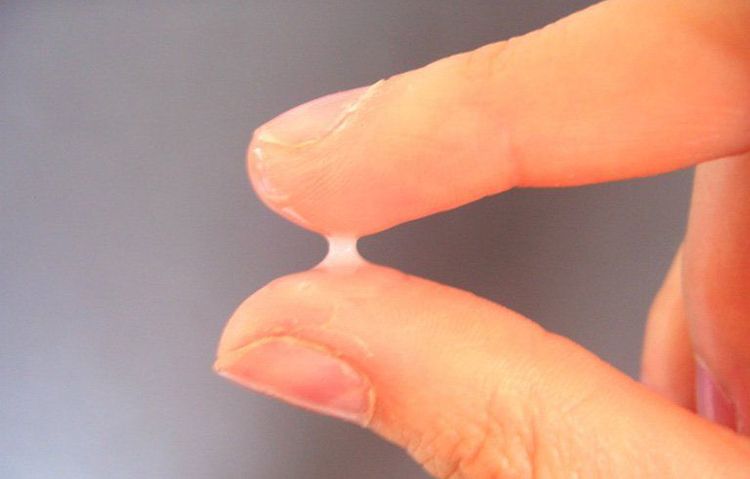
2. Signs of Abnormal Lochia
Lochia is a normal condition after childbirth. However, some women worry about unusual signs:
- Increased lochia instead of decreasing over time. It’s normal to have more discharge in the first few days after birth, but it should gradually decrease. If at any point the amount of blood suddenly increases and continues for more than a week, you should see a doctor for examination and timely treatment.
- Unpleasant smell. Normal lochia has a smell similar to menstrual blood and should not cause discomfort. If lochia has a foul or unusual odor, it may indicate an infection in the uterus or from tears in the perineum. In this case, seek medical advice.
- Pelvic pain. Pelvic pain could be caused by a urinary tract infection, constipation, or more serious issues like a uterine infection. If you feel pelvic pain, drink more water and contact your doctor as soon as possible. Proper hygiene after childbirth helps prevent infection. If you notice anything unusual, talk to your doctor.
3. Difference Between Lochia and Postpartum Hemorrhage
Experts note that lochia is different from postpartum hemorrhage. In the first days after birth, lochia is dark red with a large amount of discharge that gradually decreases and changes color to pink or brown as the uterus contracts. After about 10 days, lochia becomes yellowish or colorless, and the amount is much less.
Postpartum hemorrhage is heavy bleeding that is bright red and not dark like lochia. It involves a large amount of fresh blood and can be accompanied by symptoms like dizziness, blurred vision, or severe pain. Postpartum hemorrhage is very dangerous and can be life-threatening.
If lochia is brown and has a bad smell, accompanied by abdominal pain, it may be a postpartum complication. Conditions like vaginal infections due to hormonal imbalance, infection of the perineum wound, or staying still too long can cause brown, foul-smelling discharge and itching.
More serious conditions include uterine infection or even cervical cancer (though very rare), which can also present with abnormal discharge. If you notice unusual symptoms, visit a hospital for a check-up.
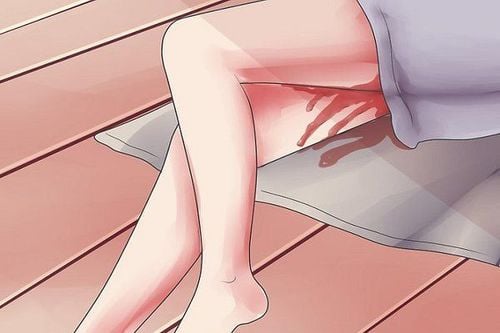
4. When Does Lochia Stop?
Normally, lochia lasts from 2 to 6 weeks. For some women, it may last 2 to 3 months. If there are no signs of fever, excessive bleeding, or loss of control over bleeding, there’s usually no need to worry. Still, some women become anxious if, after one month postpartum, lochia has not stopped. This is rare.
If after about 6 weeks, lochia still contains blood and has a foul smell, and you have a fever of 38–39°C and a swollen lower abdomen, you may have retained lochia (where discharge is still inside the uterus). This is dangerous, and you should see a doctor immediately.
The color of lochia is initially bright red and should gradually decrease. If you do strenuous activities, lochia may return temporarily. That’s why postpartum women should plan their work and rest to avoid overexertion.
5. Ways to Help Lochia End Faster
Retained lochia is often a concern for new mothers because it causes discomfort and inconvenience. Many women want to know how to help their body expel it faster.
Movement helps. Light exercise improves blood circulation and encourages the uterus to contract and expel lochia. Also, frequent breastfeeding increases oxytocin production, helping the uterus contract and push out lochia more effectively.
Some traditional remedies include drinking herbal teas like “che vang” (wild bitterleaf tea) or eating soups made from leafy greens (like spinach or Malabar spinach) or tofu-egg soup. These are believed to help the uterus recover faster and reduce lochia.
After giving birth, a woman’s body has not fully recovered. The postpartum period is a critical time for special care to speed up recovery and avoid complications related to lochia.
- Hygiene: For 4 to 6 weeks after giving birth, the uterus is still contracting to push out lochia. This is a prime time for bacteria to enter and cause infections. Therefore, women should keep the genital area clean by washing with warm water, drying thoroughly, and changing sanitary pads frequently. If you are not too tired, you can shower with warm water, in a draft-free bathroom, and dry off quickly.
- Diet and Nutrition: After childbirth, women need a balanced and nutritious diet rich in protein and calcium. Early breastfeeding helps release more oxytocin, improving uterine contractions and pushing out more lochia.
In conclusion, lochia is a normal process after childbirth, but it can sometimes be prolonged or abnormal. Proper hygiene, good nutrition, rest, breastfeeding, and gentle exercise can help speed up the elimination of lochia and support the mother’s recovery. If any unusual signs occur, consult a doctor promptly.
Please dial HOTLINE for more information or register for an appointment HERE. Download MyVinmec app to make appointments faster and to manage your bookings easily.




